Zhang Ping, 37, registered to buy BIBs (tickets) for four marathons in 2024 but failed all four times because all slots were full.
The reason was that the number of BIBs was limited and he was always late. Finally, Zhang was lucky to get a ticket to participate in the race in Qingdao city on March 24 by winning a contest on social media.
"This is my only chance to participate," Zhang said, adding that the race had just over 4,000 successful registrations.
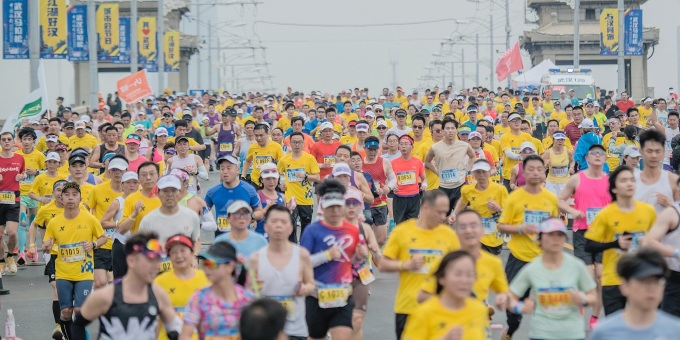
Athletes at the Wuhan Marathon, Hubei Province, March 2024. Photo: Zhao Guanliang/VCG
The number of people like Zhang who can’t sign up for commercial races is growing. Marathons have been on the rise in recent years, but demand is not keeping up, leaving major races with oversubscribed entries.
In 2019, there were more than 1,800 races held in China. This number dropped significantly during the pandemic, but by 2023, there were 580 races held as restrictions ended.
Still, the number of people wanting to take part in the race continues to grow. Industry data shows that the sport is not only attracting middle-aged men but also women and those under 30.
For example, this year’s marathon in Wuxi city received 265,000 registrations – a record for a race in China – but only 33,000 were lucky enough to participate on March 24. Or in Xiamen city, only 5% of all registrations were able to start the race in early January.
Industry experts say the lack of races is due to a combination of factors. One is that the sporting events industry is recovering from the pandemic. Two is that many companies have lost a number of experienced staff in previous years and now lack the capacity to host multiple large-scale events. Three is increased regulatory scrutiny of marathons following the deaths of 21 runners at the Gansu Provincial Marathon in 2021. In addition, budget cuts by local governments could threaten the future of some events.
These problems are affecting not only the number of races but also the quality of events. Veteran runners have complained that some races in smaller cities lack traffic controllers and medical support. Some recent races have become chaotic, with runners sharing the road with cars or runners stuck at intersections.
Zhang Luping, a sports commentator and author of the book The Great Era of Marathon , said Chinese officials have begun to focus more on the potential risks of organizing a race than on the economic benefits it can bring.
“I don’t know how the new policies will impact the number of marathons held in the future, but I predict that some races in smaller cities may soon disappear – not only due to tighter regulations but also due to local government budget cuts,” Zhang said.

Athletes participate in a marathon in Xiamen, Fujian province, on January 7. Photo: Wang Dongming/CNS/VCG
The pace of development of running in China has been accelerating in recent years. In the 1980s, the first international marathon events were held in Beijing, which were only for professional athletes. It was 17 years later that the general public was allowed to participate in these events. And starting in the 2000s, the number of races increased.
In 2014, there were more than 50 running races held nationwide each year. The Chinese government began simplifying the approval process for commercial sporting events, creating a huge boom. By 2019, there were more than 1,800 running races. A 2022 survey by the China Sportswear Federation found that running was the most popular sport in the country. More than 60% of respondents had tried running, up from 48% in 2020.
The sport is also growing rapidly at the amateur level. In 2019, only 986 runners qualified for the elite category of the Beijing Marathon – a full marathon (42.2 km) that requires a sub-three-hour run. But by 2023, more than 2,400 have met that requirement.
Zhang, a veteran runner, said he has noticed a similar trend. Years ago, the elite starting area was nearly empty, but now it is crowded.
“Before, you didn't see many people going further in the race but now the scene is getting busier,” he added.
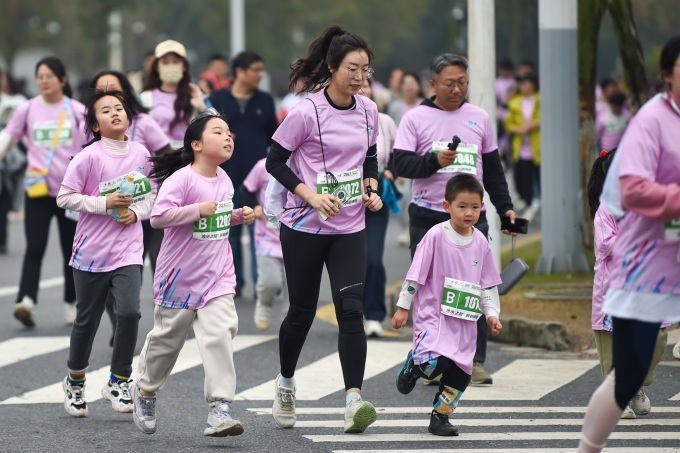
Participants in a marathon in Jiangsu Province, March 2024. Photo: Fang Dongxu/VCG
Middle-aged men like Zhang once made up the vast majority of runners in China, but today the sport has a much broader appeal. People aged 24 to 30 are now the second-largest demographic interested in running on Douyin, China’s version of TikTok, after those aged 31 to 40, according to Ocean Engine, a data analytics platform.
Liu Xiaolei, founder of Beijing-based running event organizer Rapid Sports, has also seen a marked increase in the number of people under 30 participating in races.
"Although there is less pressure from work and study (compared to older age groups), young people also have more pressure to be in good physical condition and turn to running races as a useful measure," Liu said.
Minh Phuong (According to SixthTone )
Source



























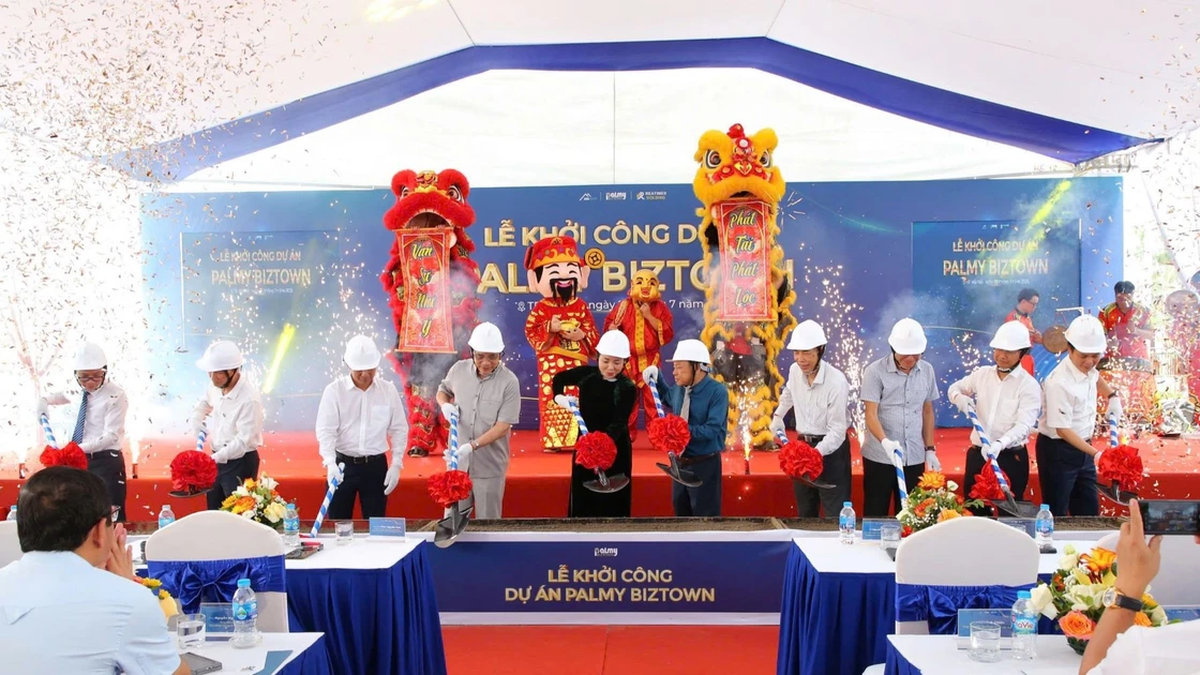
![[Photo] Signing of cooperation between ministries, branches and localities of Vietnam and Senegal](https://vphoto.vietnam.vn/thumb/1200x675/vietnam/resource/IMAGE/2025/7/24/6147c654b0ae4f2793188e982e272651)









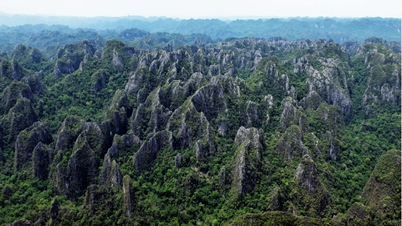


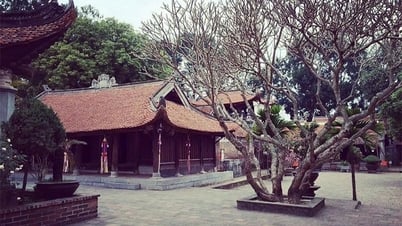





























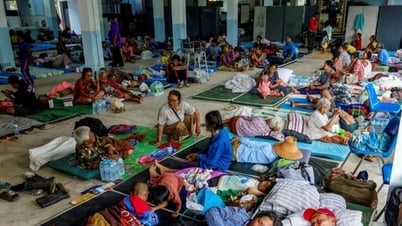


























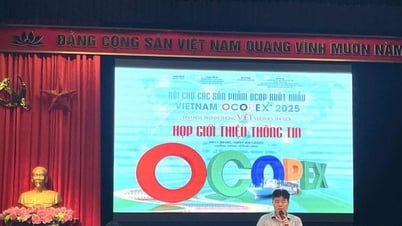





Comment (0)